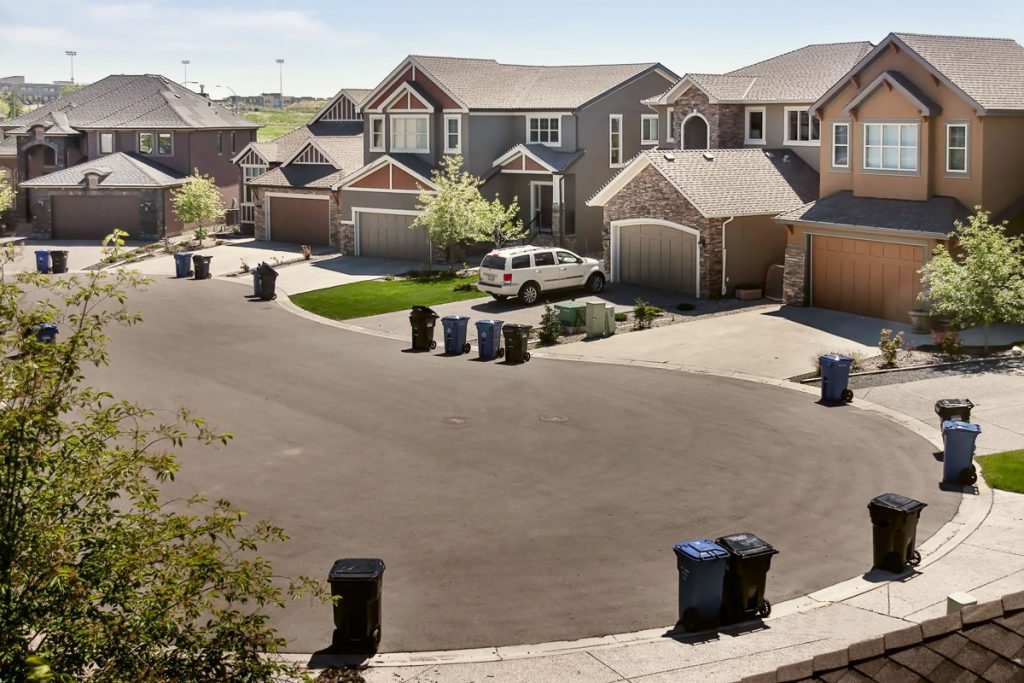Microplastics
Microplastics: Research Needed, Underway
Scientists are conducting research to better understand the sources, fate and effects of microplastics in our environment. As scientific understanding improves, regulators should be able to conduct risk assessments of various microplastics and determine if steps are necessary to mitigate risk.
What are microplastics? Where do they come from?
Microplastics are plastic particles, generally considered a subset of plastic debris, characterized by size: from 5 millimeters (mm) down to the nanometer range.
“Primary” microplastics refer to intentionally produced plastic materials of this small size, such as plastic pellets sold to companies across the globe. Some are intentionally added to products to enhance function or require fewer active ingredients, including fertilizers, crop protection products, paints and advanced drug delivery systems.
“Secondary” microplastics result from the degradation of larger plastic materials and represent the majority of microplastics in the environment. Tires, synthetic textiles, mismanaged waste, city dust, road markings, marine coatings, fishing nets and litter have been identified as sources of secondary microplastics.
What is known about microplastics?
Scientists have only recently begun studying microplastics, so more research is needed. Research on microplastics is challenging due to a lack of standardized materials and research methods used by the scientific community, as well as the complex nature of microplastics in our environment.
Over the past few years, microplastics have been detected in our environment and in animals and humans. This has raised questions over their potential effects on our environment and health.
It’s important to note that the presence of microplastics does not infer harm to human health or the environment. The global scientific community needs to work together to develop the research needed to answer these questions.
Some work already has been done. For example:
The World Health Organization (WHO) used independent experts to systematically review the concerns over microplastics in drinking water and through diet and inhalation. Acknowledging the need for higher quality research, the WHO concluded:
For example:
- Drinking water: “Based on the limited evidence available, chemicals and microbial pathogens associated with microplastics in drinking-water pose a low concern for human health.”
- Diet: “The weight of the scientific evidence provided by current data on adverse effects of [microplastics] on human health is low, because of substantial limitations of the available information.”
- Inhalation: “The assessment scores indicated that the available data are of only very limited use for assessing the risk of [microplastics] to human health.”
The Science Advice for Policy by European Academies (SAPEA) reached a similar conclusion:
The Science Advice for Policy by European Academies (SAPEA) reached a similar conclusion:
- ”…exposure to microplastics in the laboratory has a significant, negative effect on food consumption, growth, reproduction and survival, once effect thresholds are exceeded. But we have no evidence that this happens in nature, and a lack of data to say whether individuals shown to contain plastics in nature are affected.”
- ”…there is a need for improved quality and international harmonisation of the methods used to assess exposure, fates and effects of NMPs on biota and humans.”
Multiple additional systematic reviews conducted by regulatory agencies have reached similar conclusions:
Significant research is needed to improve our understanding of the sources of and exposure to microplastics, as well as to identify any potential associated hazards and risks. As scientific understanding improves, regulators should be able to conduct risk assessments of various microplastics and determine if steps are necessary to mitigate risk.
Have plastic makers responded to the need for research on microplastics?
Yes. We are supporting multiple, collaborative streams of research underway around the globe to increase scientific understanding.
The research is foundational – it’s designed to create standards and protocols that will inform future research to create reliable, useful data.
This ongoing research is being shared among academic, regulatory and industry scientists under the Microplastics Advanced Research and Innovation Initiative. MARII is a platform launched by the International Council of Chemical Associations (ICCA) “to facilitate the global exchange of information on microplastics research projects and related scientific conferences and activities.” It’s designed to “develop collaborations and leverage resources to develop data to inform the risk assessment of microplastics.”
Have plastic makers taken any product stewardship steps on microplastics?
The best way to reduce microplastics is to keep plastics out of our ocean/environment in the first place. America’s Plastic Makers support enhanced product stewardship that can help reduce the flow of microplastics into our environment.
For example:
- We promote continuous improvement in plastic pellet stewardship by exploring more sustainable systems to enhance pellet control… to keep plastic out of our environment and in our economy.
One of the mechanisms to help prevent pellet loss is Operation Clean Sweep® (OCS), a program that supports work towards the goal of zero plastic pellet loss. OCS promotes awareness and use of good housekeeping and plastic pellet containment practices and has been adopted in thousands of facilities around the globe.
One of the mechanisms to help prevent pellet loss is Operation Clean Sweep® (OCS), a program that supports work towards the goal of zero plastic pellet loss. OCS promotes awareness and use of good housekeeping and plastic pellet containment practices and has been adopted in thousands of facilities around the globe.
The program drives improvement through facility risk assessment, information sharing, employee engagement, and training. The program’s widespread adoption has increased industry awareness and efforts to prevent pellet loss around the globe.
We strongly encourage companies throughout the plastics value chain – anyone who makes, ships, handles or uses plastic – to participate in OCS.
Learn about our Policy Position on Plastic Pellet Containment
- We have invested billions of dollars in advanced and mechanical recycling technologies that can help recover more of the plastic that is not being recycled today, helping prevent the formation of microplastics. These investments help create a more circular economy for plastic, in which plastic is reused instead of discarded.
Learn about our Policy Position on Advanced Recycling for Plastic
What policies on microplastics do plastic makers support?
We support policies that lead to reducing the flow of microplastics into our environment and better understanding of the science.
For example:
- We have proposed 5 Actions for Sustainable Change, federal policies to create a more circular economy for plastic, which can help keep plastic out of the environment.
Learn about our Policy Position on 5 Actions for Sustainable Change.
- We were instrumental in passage of the Microbeads Free Waters Act that phased out the use of microbeads in rinse-off cosmetics.
- We promoted a legislative proposal requiring EPA to establish best practice requirements applicable to stormwater permits that would create a uniform federal standard to help address pellet loss. The proposal also would have required permit holders to bind their transportation agents to best management practices. We look forward to working with Congress to develop policies that can improve pellet containment throughout the plastics value chain.
- We support the development of scientific data and the use of risk assessment principles to help policy makers make informed decisions about microplastics.
- We’re championing a global agreement on plastic that can help enable a circular economy, which can minimize the flow of plastic waste – including microplastics – into our environment.
Learn more about our Policy Position on a Global Agreement on Plastic


